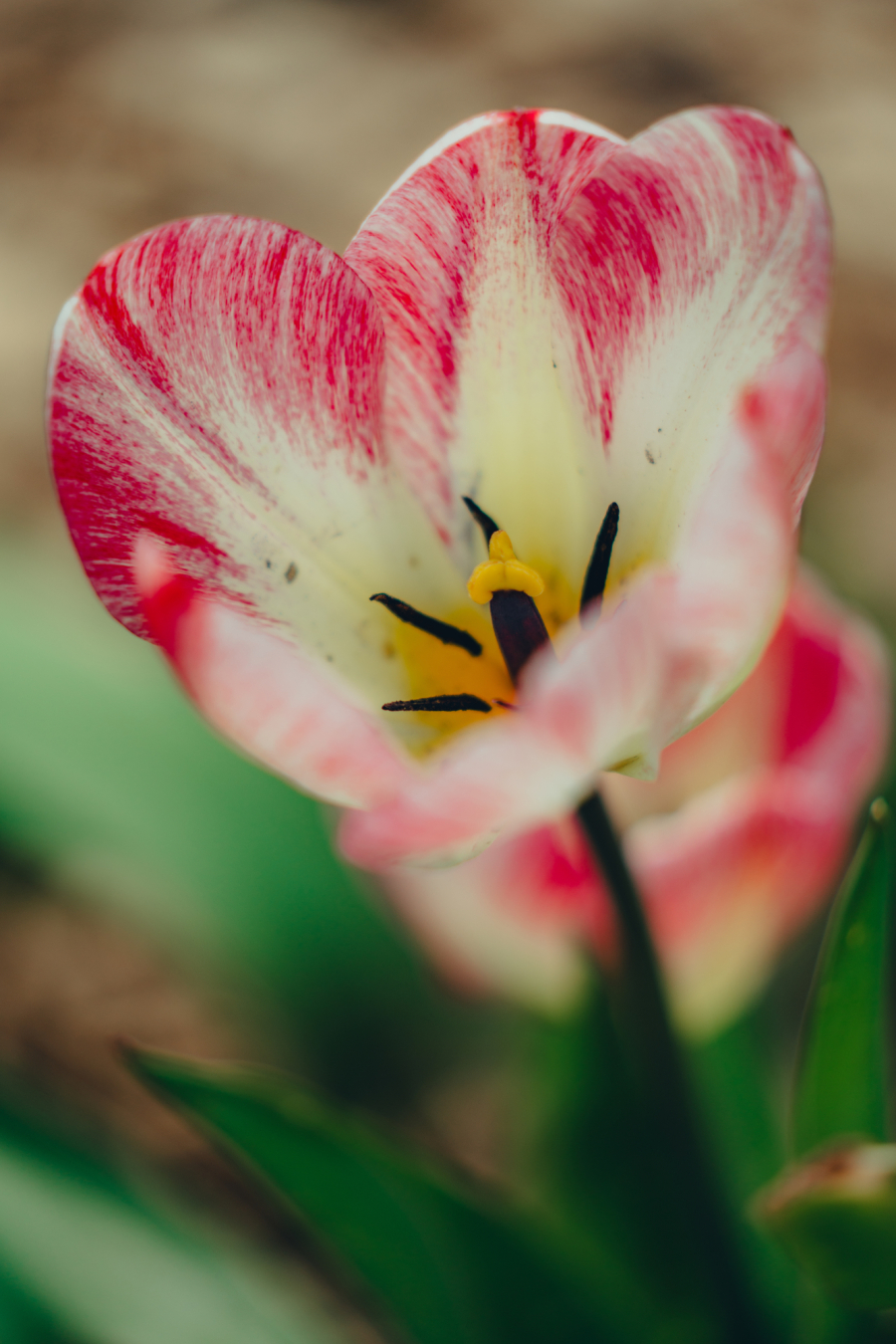The History of the Monument
The statue of Joan of Arc rests on a cenotaph made up of a 28-ton block of stone from the Notre Dame mountain range in the United States. It is apparently one of five reproductions of a work originally commissioned by New York City and standing in Riverside Park since 1915. Other replicas are found in Blois, France, Gloucester, Massachusetts and San Francisco, California.
The story of this monument on the Plains begins with a gift made to the National Battlefields Commission. Captivated by the charm of Québec City, an American couple, Anna Hyatt Huntington (the sculptor herself) and her husband, who wished to remain anonymous, donated the Joan of Arc Statue. The unveiling of the statute in 1938 caused somewhat of a stir, as a statue dedicated to a saint celebrated for liberating France from the English could hardly play a part in a celebration of good relations between English and French Canadians.
However, whatever offence might have arisen from the presence of Joan of Arc in the Battlefields Park was mitigated by the dedication on the monument:
A tribute to the patriotism and courage of the heroes of 1759-1760.
Joan of Arc Statue
DirectionsJoan of Arc Garden
Created in 1938, the Joan of Arc Garden is the floral gem of the Plains of Abraham. It combines the classic French style with English mixed flower beds. There, you can admire over 150 species: annual flowers, bulbous plants, but especially perennials.



